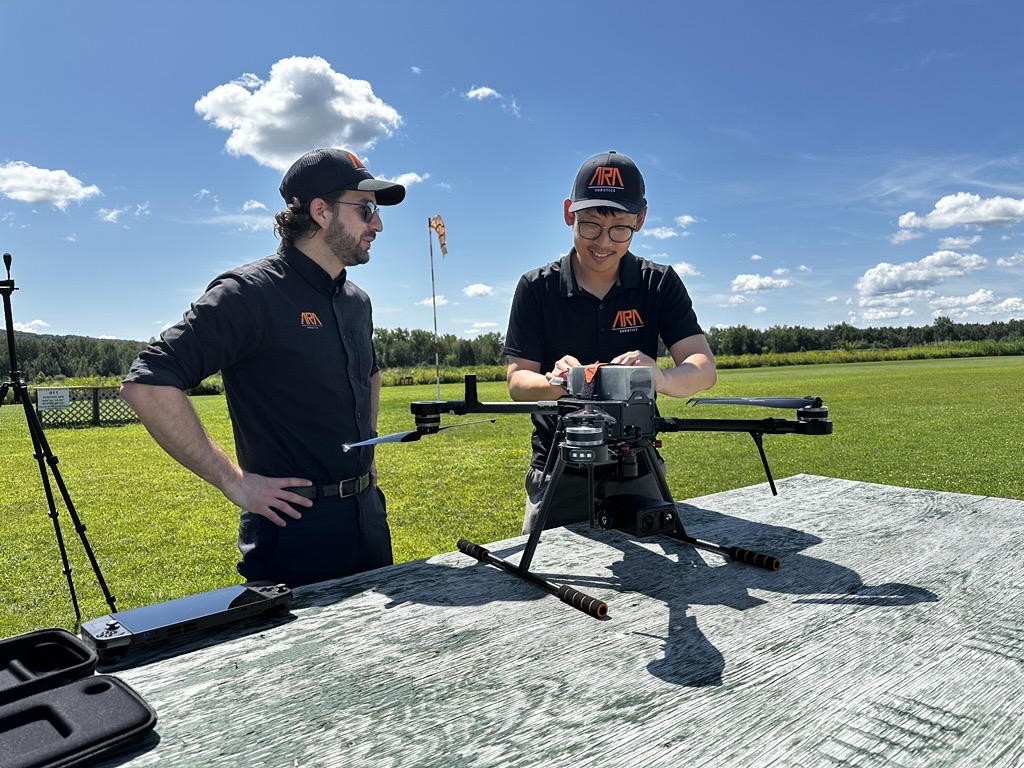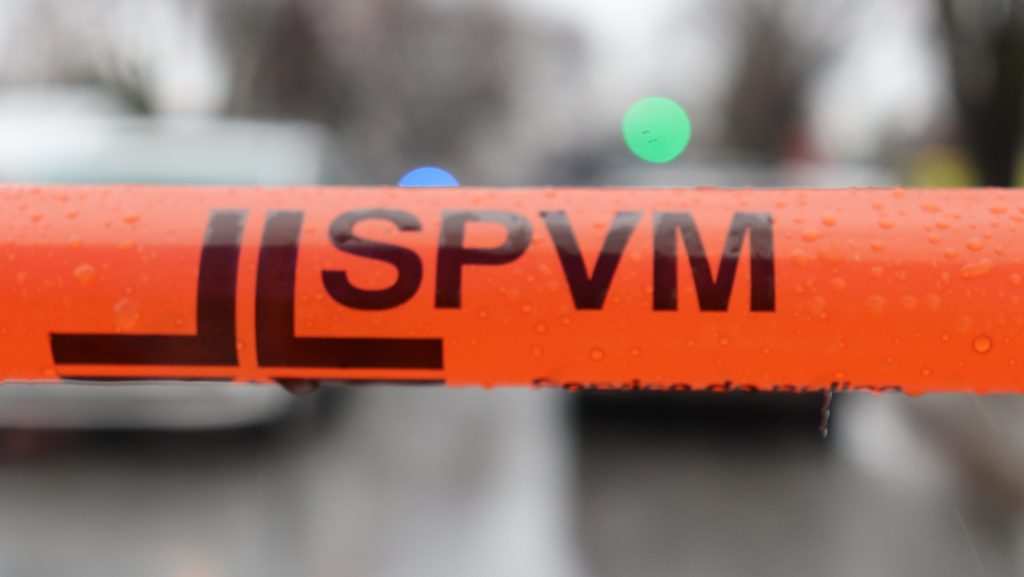A Quebec-based company specializing in the manufacturing of drones and advanced aerial robotics has developed a remotely piloted aircraft system that helps in emergency response — and can even detect wildfires.
“Our drones are capable of operating in a swarm configuration. What this means is that we can have multiple drones take off simultaneously in the air. This drastically increases the area that we can cover,” said ARA Robotics program manager Duowen Qian.
Qian says with the increased presence of wildfires in western Canada, the desire to solve this “national problem” is vital to help those who are affected.
“We’re looking to identify the fire perimeter. We’re looking to identify the hotspot,” explained ARA Robotics CEO Pascal Chiva-Bernard.
“Is there going to be fire that was not extinguished from the past season that could catch up again? We’re talking about saving communities, saving people,” Chiva-Bernard said.
The 2025 wildfire season has been reported as one of the worst on record for Canada as officials say there is a high risk that more fires will break out in August.
While demonstrating how their small drones work at their test site south of Montreal in Sainte-Julie, Chiva-Bernard explained that their drones are built with an infrared camera and AI processing capabilities, which he says allows them to detect and pinpoint objects.
“They’re going to be able to detect the thermal signature. They’re going to be able to detect the pattern, the shape of a human. And they’re going to be able to, with a high accuracy, say, ‘okay, that’s somebody that I found and located,’” he said.
“If I’m looking for a lost child, how can I accomplish a mission that’s quicker? Should I team up with another drone? Is that more efficient to complete the task? So that’s going to be the type of behavior that will be included in the system,” Chiva-Bernard explained.
The idea behind ARA started in 2009 when Chiva-Bernard was in school, at a time when drones weren’t fully in the mainstream, he said. Then in 2014, they began their journey to where they are now considered a leader across North America in the industry.
“The fact that we have this, that we can produce them here, that we can work on developing them so they get even more efficient is very important and it’s very critical for our country,” Chiva-Bernard said.
Each drone can reach 4,000 meters and fetch 20 km in range, though top speeds vary on wind and weather conditions. It has the capability to inspect, track, monitor, and detect fires and personnel.
“This drastically increases the area that we can cover. So in the context of search and rescue, it allows us to be able to cover a large swaths of land really quickly,” said Qian.
“What will happen is a wildfire will sometimes go through an area, sometimes it’s raging, sometimes it’s already died down and drones are very useful in basically providing aerial reconnaissance and also detecting hotspots,” Chiva-Bernard said.
Both said one of the many goals of this project is to help provide a way to localize those hotspots and inform crew on the ground in a more convenient and safer manner.
Alongside ARA is Laflamme Aero, another Quebec-based company which manufactures remotely piloted helicopters.
Both have received an investment of nearly $8.8 million from the province aiming to help in border security and law enforcement
With each drone averaging $40,000 to $50,000, Chiva-Bernard says they are currently working on a project that will be integrated with AI, allowing it to become more autonomous. Their current drones use AI and communicate with one another, though he clarifies that these drones will not become “self-thinking.”
‘In Quebec, we have a really great ecosystem for working on high technology, AI-based robotics. Even just a couple of years ago, I would say the technology around autonomous navigation or AI-based localization and detection was still in, you know, people are still figuring it out,” Qian explained.
“We’re going to see in the next years the evolution of the drone to be very much a self-managed tool that’s going to be super useful for many types of industry,” Chiva-Bernard added.
,As the drone industry and AI continues to grow, various industries, including mining infrastructures, defence, and border security have expressed interest in these projects, in what will be a new age of fire management and search and rescue.
“We’re gonna see in the next years, the evolution of the drone to be very much a self manage tool,” said Chiva-Bernard. “That’s going to be super useful for many types of industries.”





